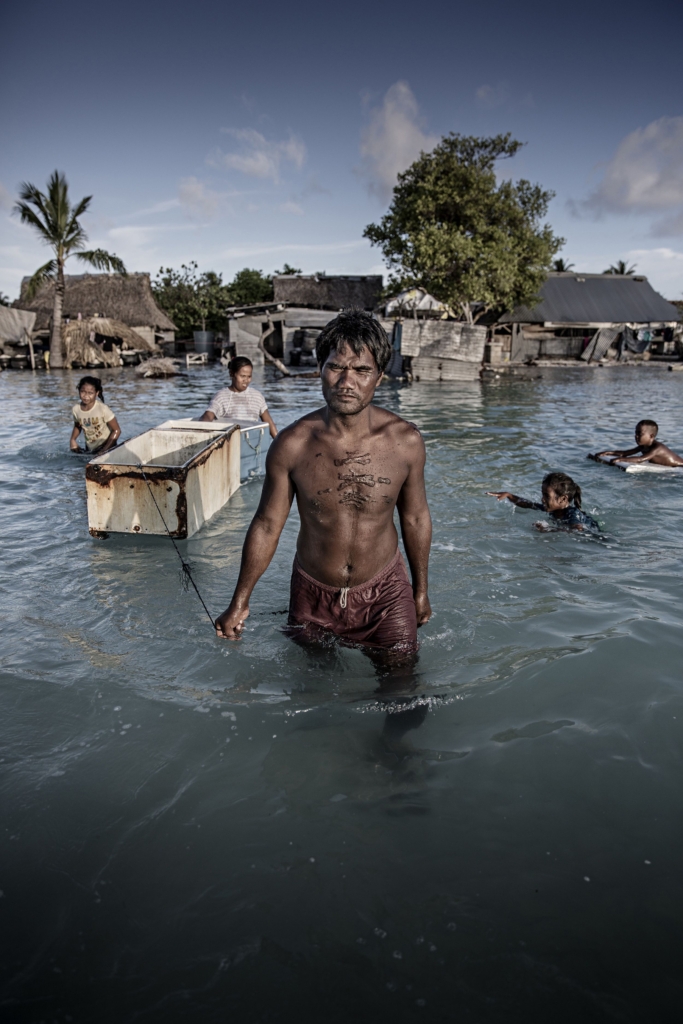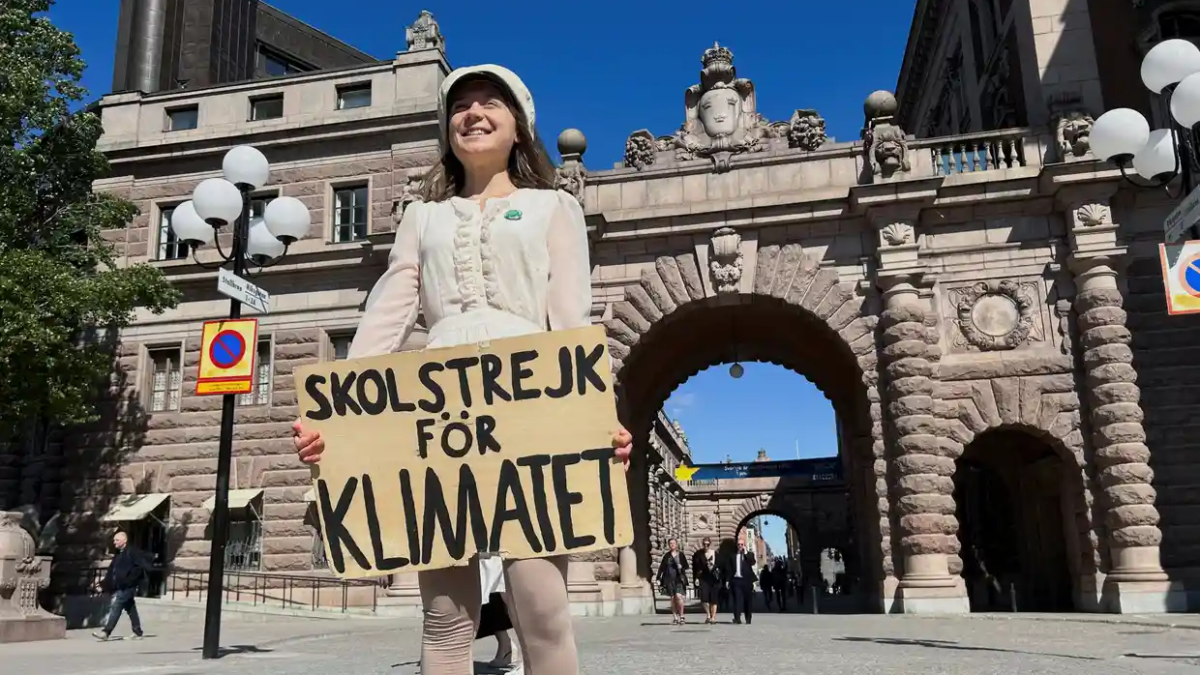Three islands disappeared in the past year – The same forces put coastlines around the world at risk – “The sooner we start thinking about this, the less painful it’s going to be”

By Denise Chow
9 June 2019
(NBC News) – Anote Tong can remember when Tebunginako, on the central Pacific island nation of Kiribati, was a thriving village.
But beginning in the 1970s, the tide started inching closer to the houses in the village. Over the years, as strong winds whipped up monster waves and climate change caused sea levels to rise, water inundated the island, overwhelming a seawall that had been built to protect the community.
Barely anything remains of the village today.
“It’s no longer there,” Tong said. “What we do have is a church sitting in the middle of the sea when the tide comes in.”
Tong served as president of Kiribati, a country made up of 32 atolls, from 2003 to 2016. Over that time, he watched as erosion damaged food crops, seawater flooded freshwater ponds and residents were forced to retreat.
He has become outspoken in describing the “existential threat from climate change” his country faces.
“In the near future, communities may have to relocate,” he said. “When it hits you directly, it’s very difficult for you to deny it.”
Tong has good reason to be worried. As human activities continue to alter the environment, islands are increasingly vulnerable to the impacts of the planet’s changing climate.
In October 2018, Hurricane Walaka washed away a remote, 11-acre Hawaiian island as the storm barreled through the Pacific Ocean. Several months before that, Russian scientists reported that a small Arctic island had disappeared, saying that only vast, open water remained at the site. And near the end of 2018, a local newspaper reported that an uninhabited islet off the coast of Japan could no longer be found, presumably because it had sunk beneath the water’s surface.
In these recent examples, the islands were small and uninhabited, but scientists say the fate of these tiny pieces of land could be a harbinger of what’s to come.
“With some of these small islands, maybe it’s no big deal to the average person because they’re uninhabited, but you’re going to see these same processes happen on larger islands and populated ones,” said Curt Storlazzi, a geologist at the U.S. Geological Survey’s Pacific Coastal and Marine Science Center in Santa Cruz, California. […]

Patrick Nunn, a professor of geography at the University of the Sunshine Coast in Queensland, Australia, who was one of the authors of the chapter on sea level rise in the U.N. assessment.
Nunn said most scientists now agree that even if countries took steps today to reduce greenhouse gas emissions, average sea levels would still rise by up to 6.5 feet by the end of the century.
“What we’ve done thus far, as of the last 150 years or so, has been locked in,” Nunn said. “There is a bit of uncertainty, but the general consensus is that we can get temperatures under control but it’s a much larger challenge to get sea level rise under control.”
Even without sinking whole islands, that amount of sea level rise is enough to engulf most coastlines, potentially displacing millions of people. […]
“The evidence is there. We can see what’s going to happen,” Nunn said. “What’s happening to these islands is the same thing that is going to happen to New Orleans, Los Angeles, and all sorts of coastal cities. The sooner we start thinking about this, the less painful it’s going to be.” [more]
Three islands disappeared in the past year. Is climate change to blame?


